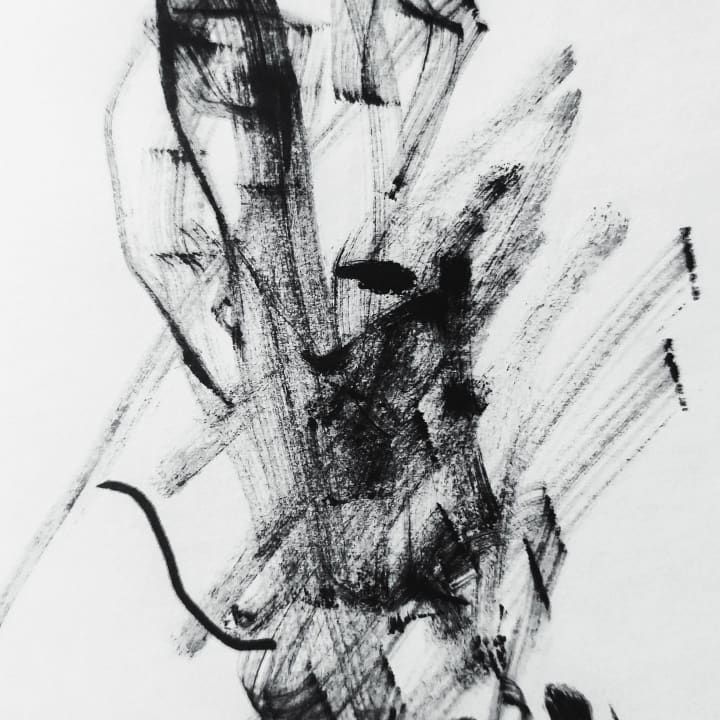Learning to Draw? You’re Gonna Need a Pencil

If you're going to be doing any pencil drawing you're going to need a pencil. I know, I know, thank you captain obvious.... But, in this article I want to talk about some of the different options available.
Here are some of the options:
Mechanical Pencils, Lead Holders, Woodless Graphite, And of course traditional wooden pencils
Mechanical Pencils:
You're probably familiar with these. They're the ones that hold the lead (graphite actually) inside and when you push on the eraser more lead comes out. What you may not know is that, like traditional wooden pencils, the leads are available in various degrees of hardness which can be used to achieve lighter or darker tones as needed. We'll talk more about that later.
Lead Holders:
These are somewhat similar to mechanical pencils in that you can use various leads with them. But rather than push a button to release more lead, these pencils actually have sort of a claw that grabs onto and holds the lead. Hence the term "lead holder".
Woodless Graphite:
These pencils are basically a piece of graphite in the shape of a pencil. There are also some woodless graphite pencils that are encased in a laquer coating rather than wood.
Wooden Pencils:
Okay. We all know what a wooden pencil is. It's the yellow one with a pink eraser on top and a number 2 on it. You know, the ones we used to fill in the little circles on our multiple choice tests in school.
Well yes, those are pencils, but a set of good quality drawing pencils comes with a lot more variety than that.
All of the pencil types mentioned above come in varying degrees of hardness and are labled with a number and the letter H or B.
The pencils labled H are on the hard side and the ones labled with a B are the soft ones. I don't know where the "B" comes from but that's the way it is. Pencils range from 9H (the hardest) to 9B (the softest).
The number 2 pencils we're so familiar with are right in the middle in terms of hardness. They're equivalent to an HB pencil.
If you're just starting out drawing or you're just doing some doodling or sketching an HB or #2 will work just fine for you. But, if you want to get a much more interesting drawing you'll have to have some contrast between lights and darks. If all you've ever drawn with before is a number 2 pencil, the way you achieve your darker tones is simply to press down harder.
But there is a better way. That's where the softer pencils come in. After #2 in terms of softness comes B then 2B, 3B ect. all the way up to 9B. Although many artists never use anything softer than a 6B. With a 6B you can get some very dark tones and it's not going to be as soft and thus crumbly as a 9B.
For the harder pencils, I rarely use anything harder than a 2H and that's usually just for the initial line drawing before any shading takes place. Doing the initial line drawing very lightly allows you to erase any mistakes you might have made. Once your line drawing is acurate, it's time to get the softer pencils out and start shading.
So to wrap this up, if you're planning on getting a little more serious with your drawing you'll want to get a set of pencils. There are some sets out there that have just 4 pencils in them. So if you're strapped for cash this is an option. Pencils are also available individually so you can pick and choose whichever number / letter combo you need.
I prefer traditional wooden pencils for my drawings and my brand of choice is Derwent. They make sets of 12 pencils that range from 4H to 6B or from H all the way up to 9B. And, you can get a set of 12 pencils for about $12 - $15 so it's not terribly expensive to get into drawing.
So now go out, get yourself some good pencils, and start drawing....
